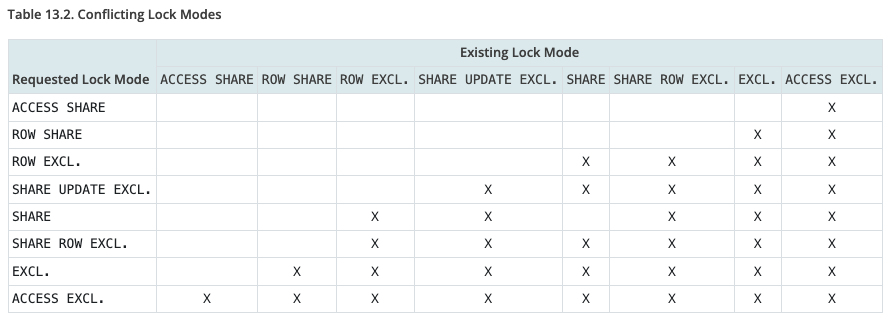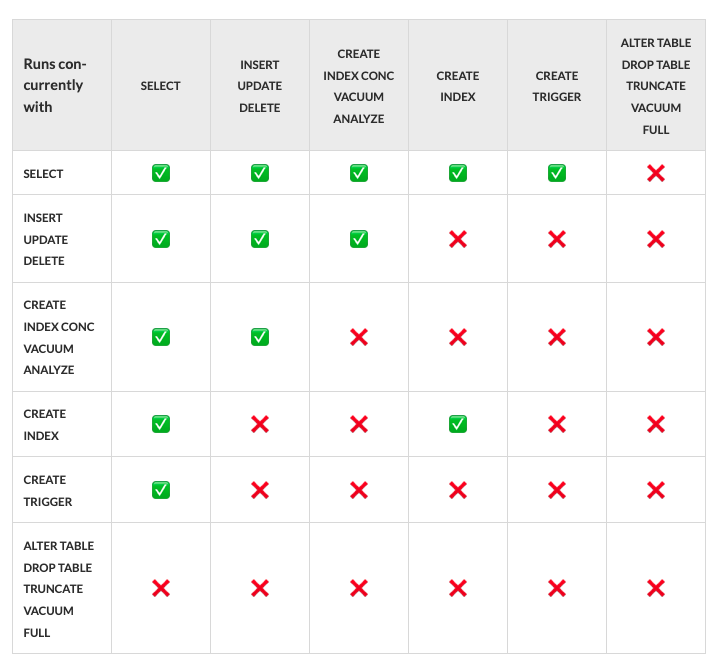This is Day 3 of Postgres AI launch week
It starts innocently enough.
You choose Postgres – solid, reliable, battle-tested. You pick a managed service like RDS or CloudSQL. They handle backups, high availability, disaster recovery. You can focus on building your product. Life is good.
Your startup grows. Users love what you've built. Data accumulates – gigabytes become terabytes. Traffic surges – hundreds of requests become thousands per second.
Then one day, everything changes.
Queries that ran in milliseconds now take seconds. Connection pools max out during peak hours. Replication lag appears out of nowhere. Your perfectly fine database suddenly isn't fine at all.
You reach out to your managed service support. The response? A generic checklist. "Have you tried increasing your instance size?" Days pass. Your users complain. Your team scrambles. The support ticket remains open, unhelpful.
This is when you realize: nobody cares about your database health as much as you do.
This is exactly when it's time to engage Postgres AI.
For 5+ years, the Postgres AI team has been rescuing companies from exactly this situation. Our clients include GitLab, Miro, Chewy, Midjourney, ClickUp, Photoroom, Gamma, Suno, Supabase – they faced a lot of database challenges during hypergrowth.
Our approach: comprehensive health checks using a methodology refined over hundreds of engagements. We call it Postgres AI Checkup – it identifies current issues and predicts future ones before they cripple your business.
Last year alone, we conducted 30+ deep checkups for 20+ companies. Today, we're launching this as a scalable service, enhanced with AI automation while keeping human experts at the core.
Start your first checkup: Console.Postgres.ai







